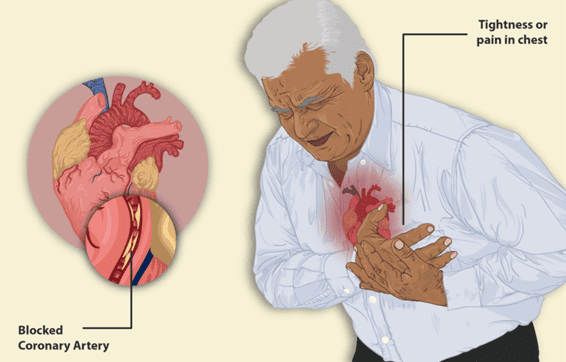Some people are under the impression that the terms cardiovascular disease and heart disease are interchangeable; however, this is not the case. Cardiovascular disease not only affects the heart but also the blood vessels and circulatory system, while heart disease encompasses problems and deformities of the heart only.
Sadly, heart disease is very common. The Centers for Disease Control and Prevention (CDC) has stated that heart disease is the single leading cause of death in the western world, which includes the UK.
Main types of heart disease
There are six main types of heart disease, although many others can be diagnosed:
– Congenital heart diseases are deformities of the heart that have been present since birth, including septal defects and obstruction defects.
– Arrhythmia is any type of irregular heartbeat. A common example is tachycardia, where the heart is beating too fast.
– Coronary artery disease is where the arteries supplying the heart muscle become diseased or damaged. This is commonly caused by deposits of cholesterol.
– Dilated cardiomyopathy occurs when the heart chambers are dilated because the heart muscle is weak. This is often caused by coronary artery disease.
– Myocardial infarction is the medical term for a heart attack, also called coronary thrombosis. The blood supply to the heart is blocked by a blood clot.
– Hypertrophic cardiomyopathy is an inherited condition in which the wall of the left ventricle – one of the chambers of the heart – gets thicker and makes it hard for the heart to pump blood. This is a leading cause of death in athletes.
Treating heart disease
The treatment options for heart disease are medication and surgery. Medication for heart disease has to be tested by thorough QT studies or other types of clinical trial to ensure it works and that it is safe. Using thorough QT studies from richmond pharmacology or another organisation, researchers can develop medication that corrects how the heart beats.
Heart surgery is very invasive and only used as a last resort. A typical example is an angioplasty, during which a balloon catheter is used to widen blood vessels to restore the flow of blood to the heart. In severe heart disease, the coronary artery may have to be by-passed so that blood can reach the part of the heart that is starved of blood by blocked arteries.


